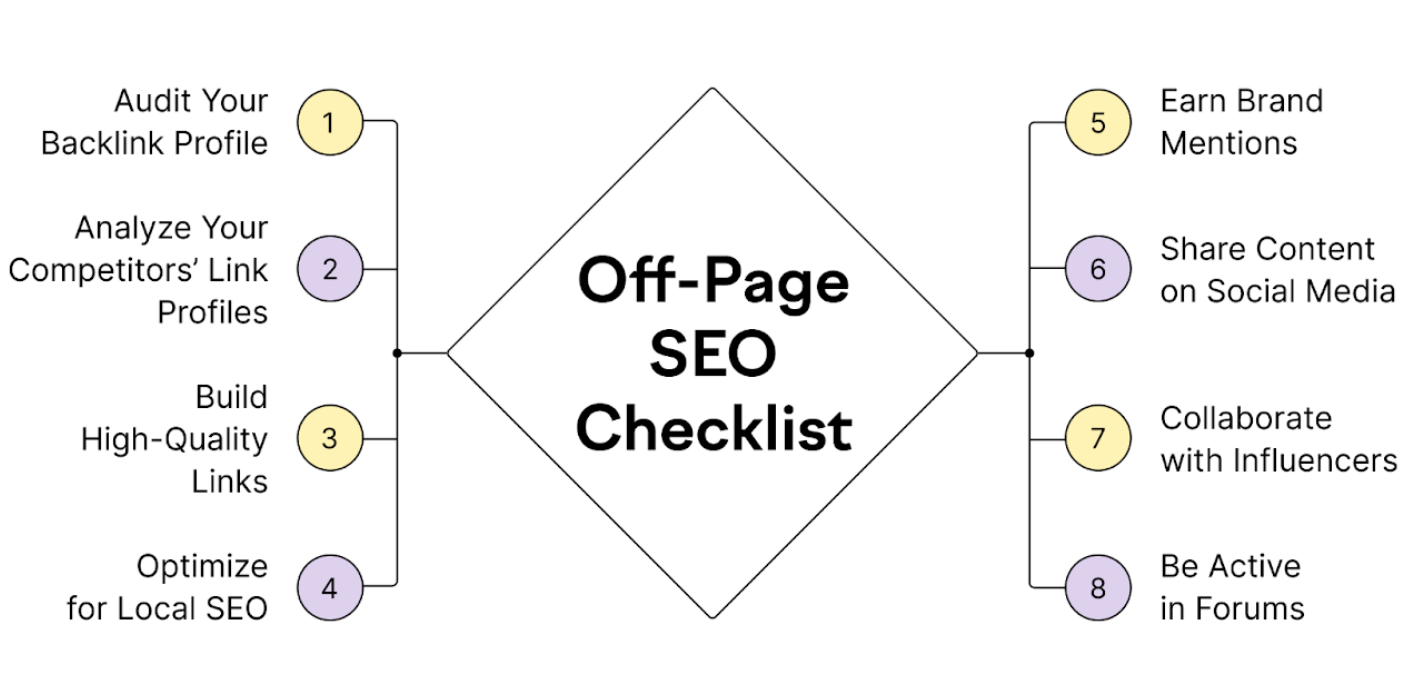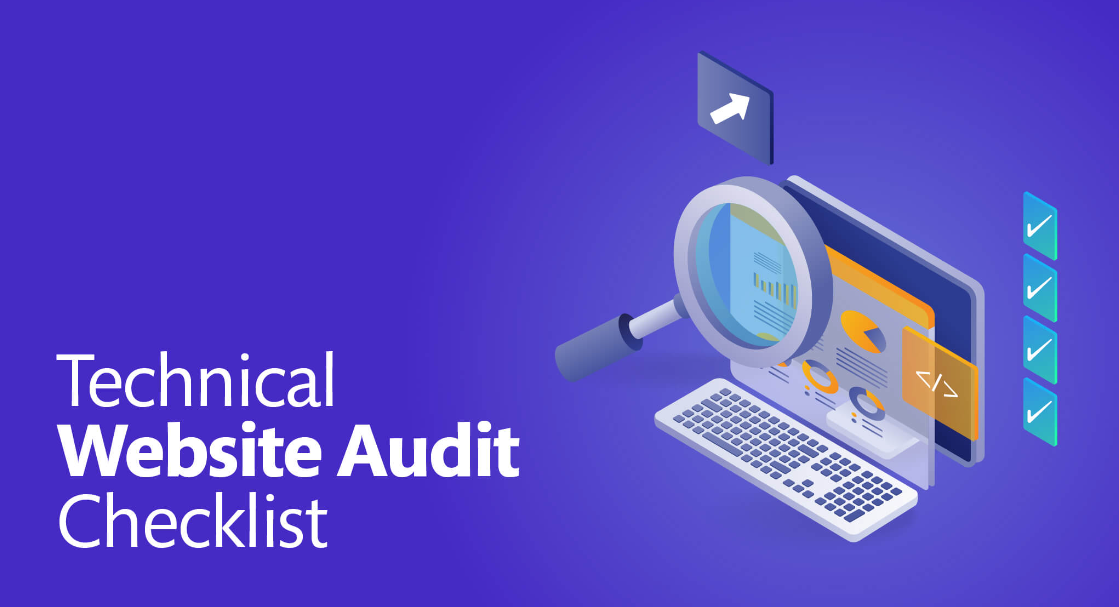Creating a visually stunning and functionally robust website is crucial for success in the dynamic world of web development. However, even the most well-designed websites can face performance errors that hinder user experience and damage your online reputation. This comprehensive guide will explore the common performance errors in website development and provide actionable strategies to tackle them effectively.
How to Tackle Website Development Performance Errors
Here is a comprehensive guide to tackling performance errors.
Identifying Performance Errors
The first step in addressing performance issues is recognizing them. Common errors include slow page loading times, unresponsive features, and inconsistent rendering across different devices and browsers. Utilize tools like Google PageSpeed Insights, Lighthouse, or GTmetrix to conduct a thorough performance audit of your website.
Optimize Images and Multimedia Content
Large image and multimedia files can significantly slow down your website. Compress photos without compromising quality using Photoshop or online services like TinyPNG. Implement lazy loading to ensure images are loaded only when they enter the user’s viewport, reducing initial page load times.
Minimize HTTP Requests
Each element on a webpage, such as images, scripts, and stylesheets, requires a separate HTTP request. Minimize these requests by combining CSS and JavaScript files and utilizing CSS sprites for small photos. This reduces server load and accelerates page loading times.
Leverage Browser Caching
Browser caching allows frequently visited elements of your website to be stored in the user’s browser, reducing the need for repeated server requests. Configure your server to set appropriate expiration dates for static resources, ensuring returning visitors experience faster load times.
Optimize Code and Scripts
Efficient coding practices are essential for optimal website performance. Minify and compress your CSS, HTML, and JavaScript files to reduce their size. Remove unnecessary code, comments, and white spaces. Consider asynchronous loading for non-essential scripts to prevent them from blocking page rendering.
Content Delivery Network (CDN) Implementation
A CDN distributes your website’s static content across multiple servers worldwide, reducing the distance between the user and the server. This results in faster loading times and improved performance. Select a reliable CDN provider and integrate it seamlessly into your website.
Regularly Update Software and Plugins
Outdated software and plugins can introduce vulnerabilities and hinder performance. Stay current with the latest updates for your content management system, plugins, and other web development tools. Regularly check for security patches and improvements that can positively impact your website’s performance.
Monitor Website Performance
Continuous monitoring is essential to identify emerging performance issues promptly. Utilize tools like Google Analytics, New Relic, or Pingdom to track website performance metrics. Regularly review reports and swiftly address any anomalies or emerging problems.
Conclusion
Tackling website development performance errors requires a holistic approach encompassing various aspects of web design, coding, and server optimization. By implementing the strategies outlined in this guide, you can resolve existing performance issues and establish a foundation for a fast, responsive, and user-friendly website. Stay proactive, embrace best practices, and elevate your web development skills to ensure your online presence thrives in the competitive digital landscape.



